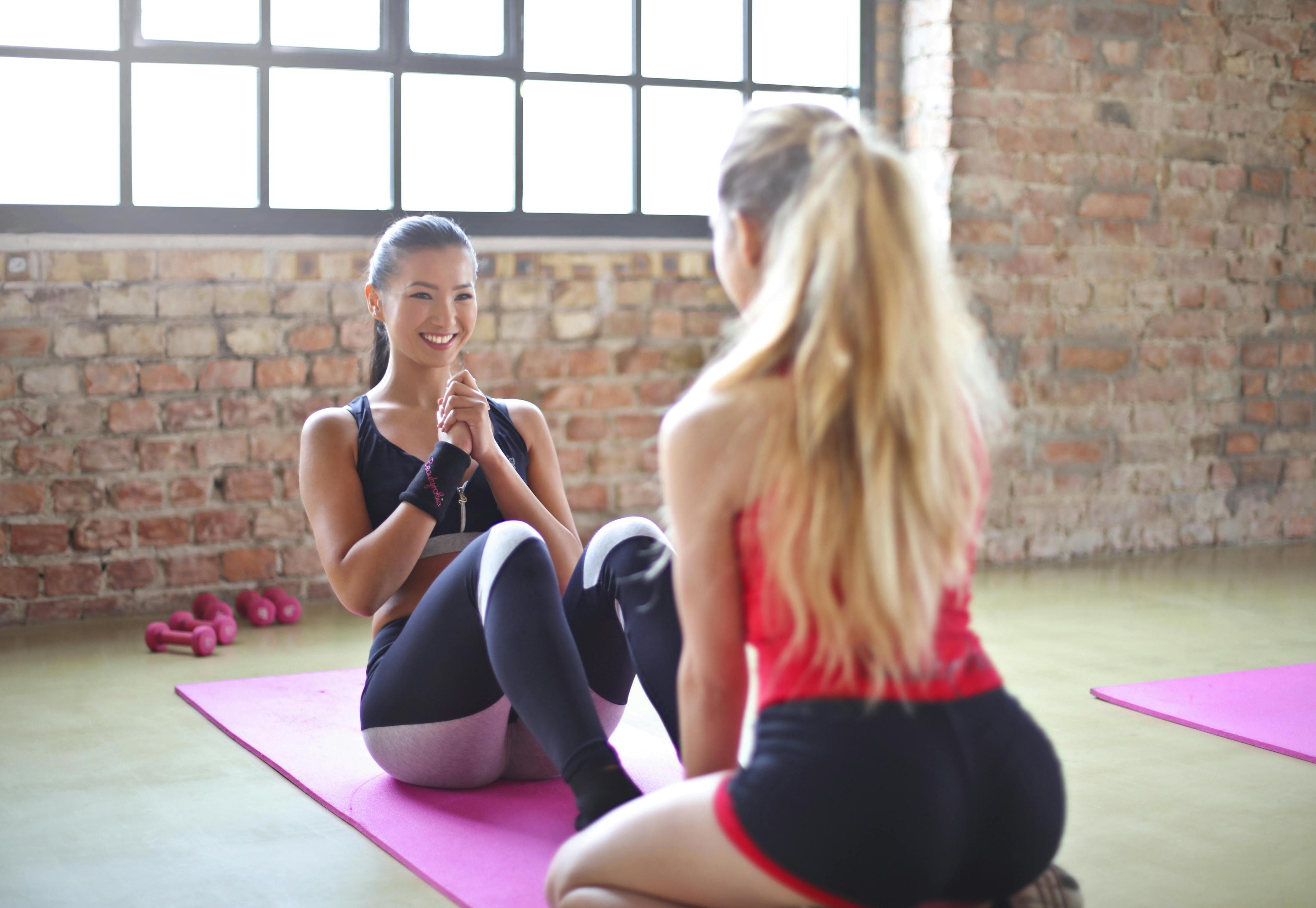
Gym training for padel players – build strength, stamina & prevent injuries
If you’re playing padel several times a week, adding gym sessions to your routine can make a huge difference — not just in performance, but also in how your body feels on and off the court. The right gym program can help you move faster, recover better, and avoid injuries that often come with repetitive play. But where do you start if you’ve never trained in a gym before?
Let’s break down what kind of exercises and focus areas make the most sense for padel players, especially for those who, like you, play regularly but aren’t professional athletes.
How padel differs from tennis training
Padel and tennis may look similar, but the movement patterns are quite different. Padel involves shorter sprints, more rotation, and constant acceleration and deceleration in tight spaces. A tennis-focused workout might emphasize upper body strength and long-distance running, while a padel-specific gym plan should prioritize:
| Focus area | Why it matters in padel | Example exercises |
|---|---|---|
| Core stability | Helps with quick turns, balance, and rotational shots | Plank variations, Russian twists, Pallof press |
| Leg power | Improves explosiveness in short sprints and lunges | Squats, lunges, box jumps |
| Shoulder & forearm strength | Reduces risk of overuse injuries from smashes and volleys | Resistance band rotations, wrist curls |
| Agility & flexibility | Keeps you quick around the court | Dynamic stretching, ladder drills, yoga |
| Endurance | Helps you maintain focus and form during long matches | Rowing machine, bike intervals, circuit training |
A good gym routine for padel players
Start simple. Aim for 2–3 strength sessions per week on non-padel days. Each session can include:
Warm-up (10 minutes)
Light cardio + mobility work focusing on hips, ankles, and shoulders.Strength & power (30 minutes)
- Squats or leg press (3×10)
- Lunges (3×10 per leg)
- Cable or resistance band rotations (3×12)
- Plank with shoulder taps (3×30 sec)
- Dumbbell shoulder press (3×10)
Finisher (10–15 minutes)
- Interval sprints on a bike or treadmill
- Jump rope
- Agility ladder drills
Stretching & recovery (5–10 minutes)
Focus on hips, hamstrings, calves, shoulders, and lower back.
Should your trainer know padel?
Not necessarily. While a trainer familiar with padel is ideal, a good coach with a tennis or racket sport background can easily adapt your plan. Just make sure they understand these key differences:
- Padel involves shorter bursts of effort — train explosiveness, not long-distance endurance.
- Movements are rotational and lateral, not just forward and backward.
- Shoulder and elbow care is crucial due to repetitive overhead shots.
Show your trainer a few padel clips or even invite them to watch a match. A good professional will adjust your training accordingly.
Stay consistent and listen to your body
At 45, recovery matters just as much as intensity. Always prioritize proper form and rest days. If you feel tightness or soreness in your elbows, knees, or lower back, scale back and focus on mobility or swimming instead of skipping recovery entirely.
For inspiration, check out local clubs and training tips from players in your area: